How to Properly Attribute Your Store Sales to the Right Channel

Attribution is one of toughest challenges store owners face, especially as customers use even more channels to research and purchase your products.
As you may know, most consumers will now discover your products through multiple channels (and multiple touch points), which makes it difficult to attribute a conversion to a single channel.
Should you give credit to the last channel or the first channel customers used to find your site? Let’s look at how to deal with this problem.
Defining Multi-Channel Attribution
There’s a few different things that come to mind whenever someone starts talking about multi channel attribution:
- Attribution from online to physical store
- Attribution across different devices
- Attribution across different marketing channels
The first two areas are very complex problems due to the difficulty in tracking users as they use different devices (mobile, table, etc) and interact with your physical store. There are ways to track these different interactions, but they’re outside the scope of this post.
This article will focus on the last area, and how to better attribute conversions to different online marketing channels.
The problem in this third area comes from users interacting with different channels before ever making a purchase. They could first learn about your site from a social ad, then come back again after seeing a paid search ad and finally buy by visiting your site directly (direct channel).
Who gets credit in this conversion? Direct? What about the first two channels that helped introduced your brand to that user? You can see how this gets complicated very quickly.
The reality of the situation is that there’s no formula that will help you properly attribute traffic but there are several models that will get you closer to the truth.
You’ll ideally want to tweak your spending once you start to understand how channels are contributing to conversions. Then you’ll need to observe your data for a while and see how your tweaks affect the conversions. If the changes are negative, you need to go back to the drawing board to figure out why that happened.

Mobile Devices Make Attribution Harder
Also keep in mind that looking at different channels is only a part of the complete picture since we know about the limitations of attribution across different devices and offline conversions. That being said, let’s look at the different attribution models and the pros and cons of each model.
There’s No Right Solution but Different Models
The models below tend to be included in popular analytics tools like Google Analytics and few other ones.
1. Last Interaction/Last Click Attribution model.
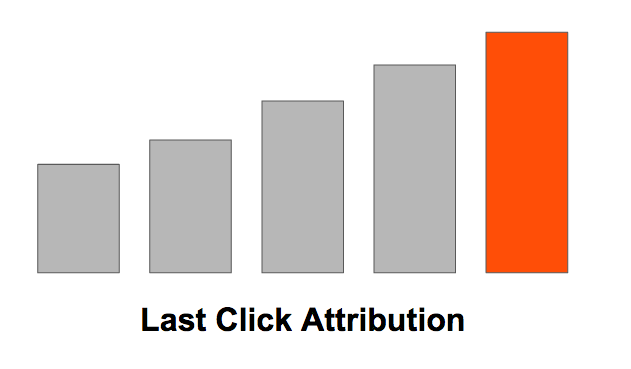
In this model, you attribute the conversion to the last channel that brought the user before they converted. This model is great because it tells you the channel that caused to take the action to convert but it also leaves out the potential channels that helped convince the user to choose your products.
2. Last Non-Direct Click Attribution Model
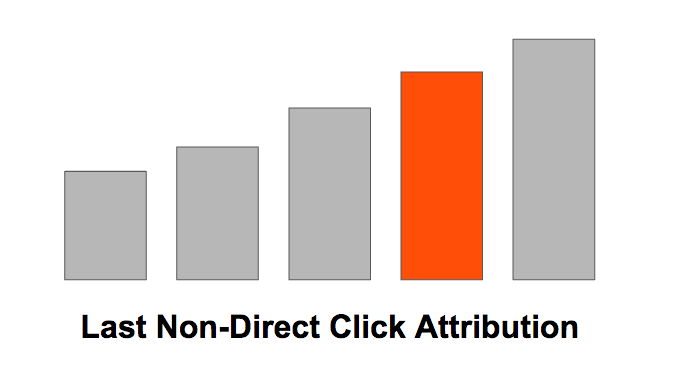
This model is unique to Google Analytics that looks at the last channel that user interacted with (excluding Direct channel). It’s a bit weird to remove Direct, especially since the Direct channel can be triggered by a few scenarios like PDFs, offline advertising, etc.
3. First Interaction/First Click Attribution Model.
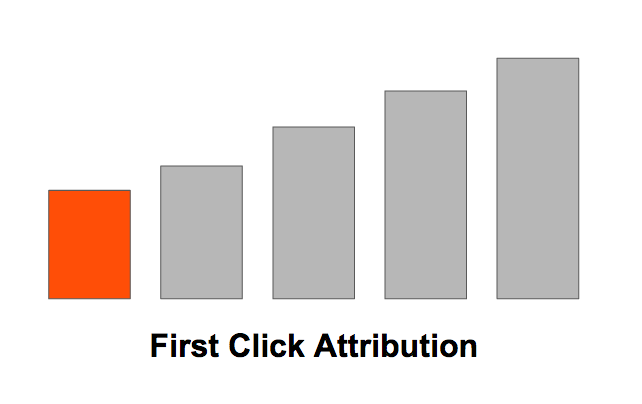
This is the opposite of the last click attribution model. In this model you attribute the conversion to the first channel that brought your user to the site. This is a great model to see how your users are first learning about your brand but it doesn’t answer why the user needed more touches before converting.
4. Linear Attribution Model
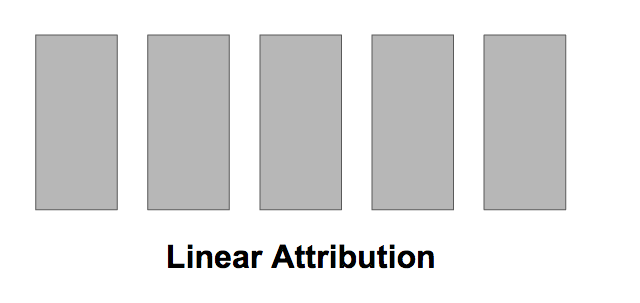
In this model, we give equal credit to all the channel for a conversion. This model isn’t as popular with marketers and that’s because it can hide issues with some of your channels. Perhaps some of your channels are quite weak but they are still getting equal credit as other channels who are actually helping the conversion.
5. Time Decay Attribution Model
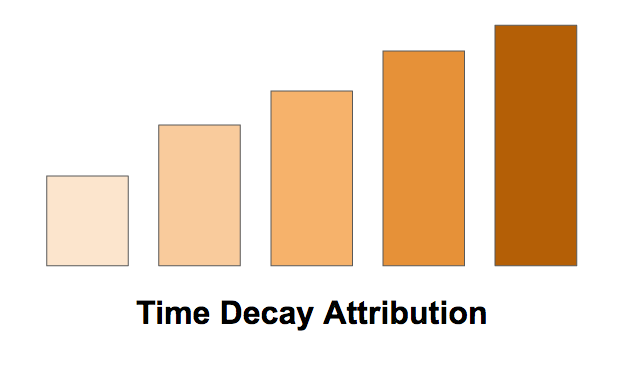
In this model, we attribute conversions based on the time difference between channels. For example, the last channel before the conversion gets most of the credit and the next channels will get a percentage of that value based on how many days took place before the last channel and the previous one. This value keeps dropping based on a certain number of days (decay).
This model can help us uncover issues with problem channels. If someone sees a paid ad but doesn’t convert until a month later when they see a different paid ad, we can make some assumptions on the effectiveness of the first paid ad.
6. Position Based Attribution Model
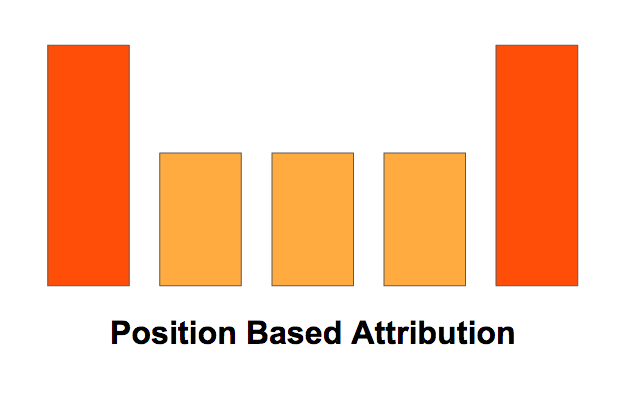
In this model, you assign special weight to certain positions e.g. first and last. You then divide the credit evenly among the remaining channels (if any). You can use this model to figure out how much value to give the middle channels in comparison to stronger channels like the last click channel.
7. Customized/Personalized Attribution Model
Finally, you can also create a model that takes into account some of the options of all models. As you understand better how your users buy from you, a custom model will better reflect the value that each channel should get in your digital portfolio.
Going Forward: Quick Tips
One final tip is on sources and labels. Most tools let you change the labels of your channels and you can create custom channels that better group your different marketing initiatives. You can then take these custom channels and throw them into one of the attribution models listed above.
Do you have any tips for multi channel attribution? Let me know in the comments!





